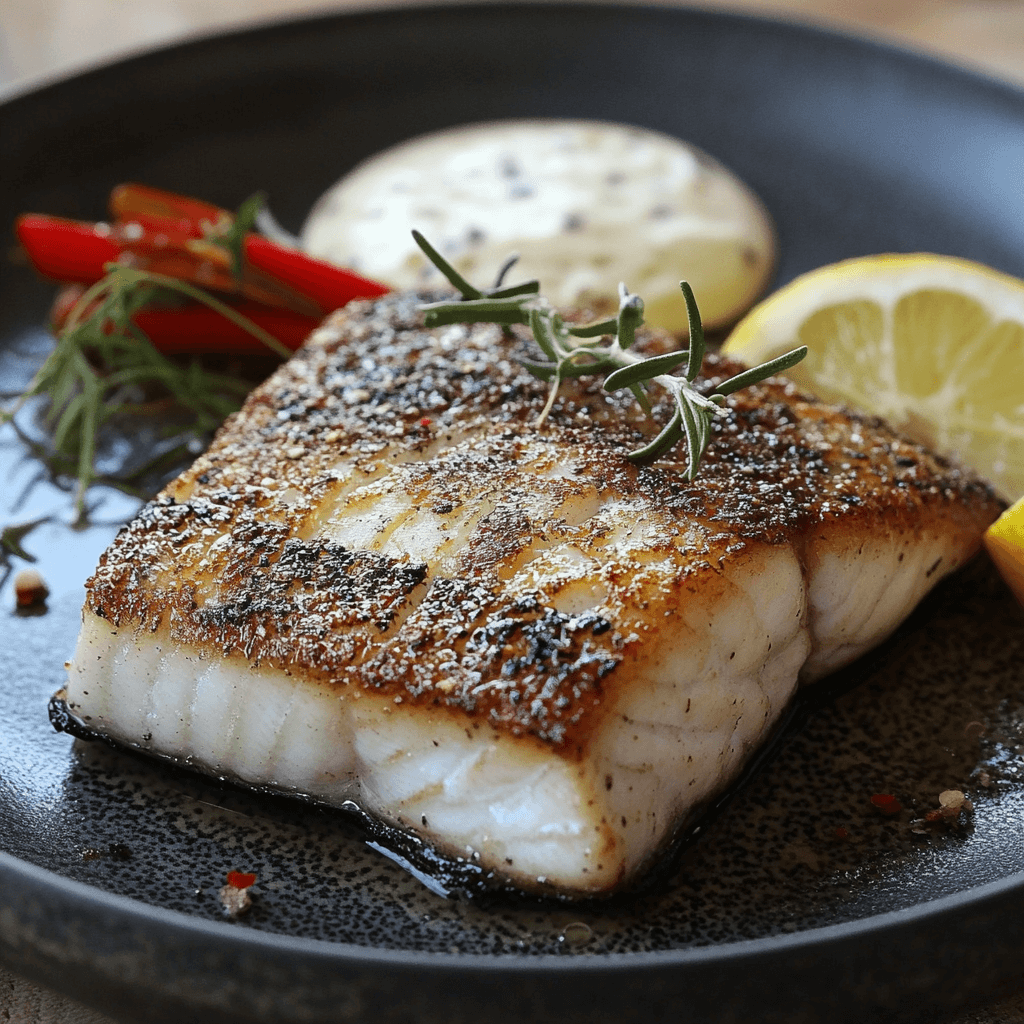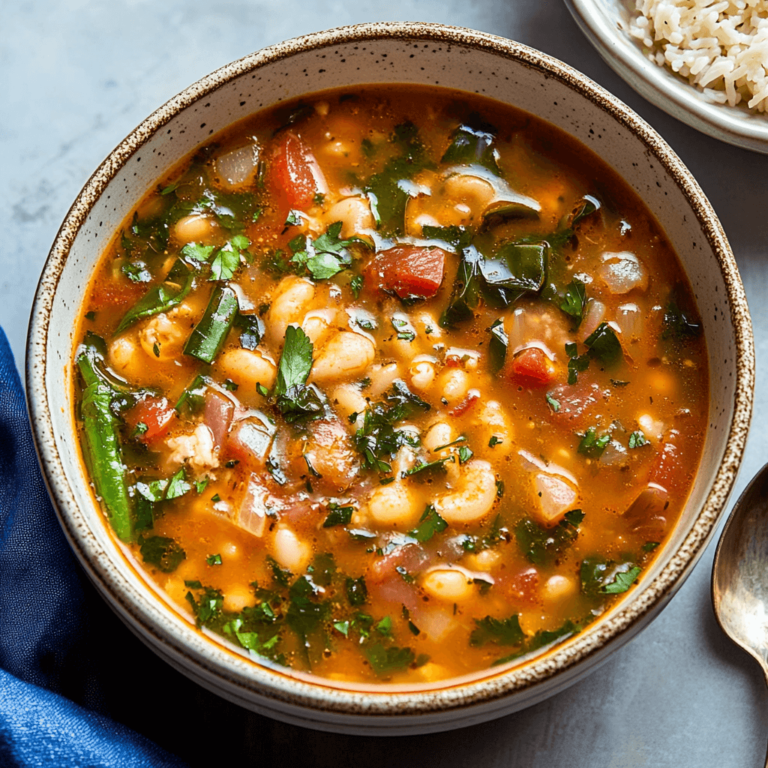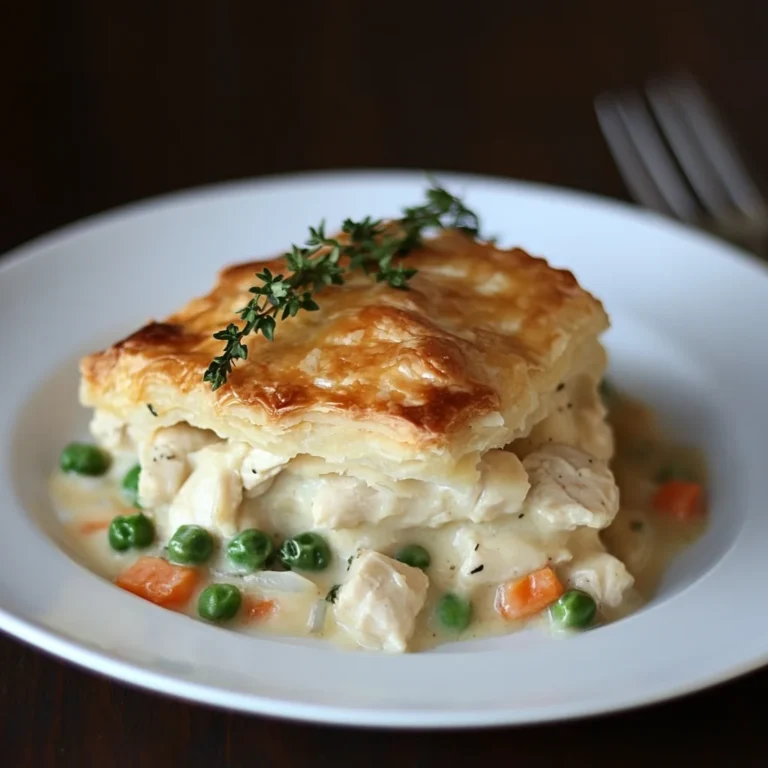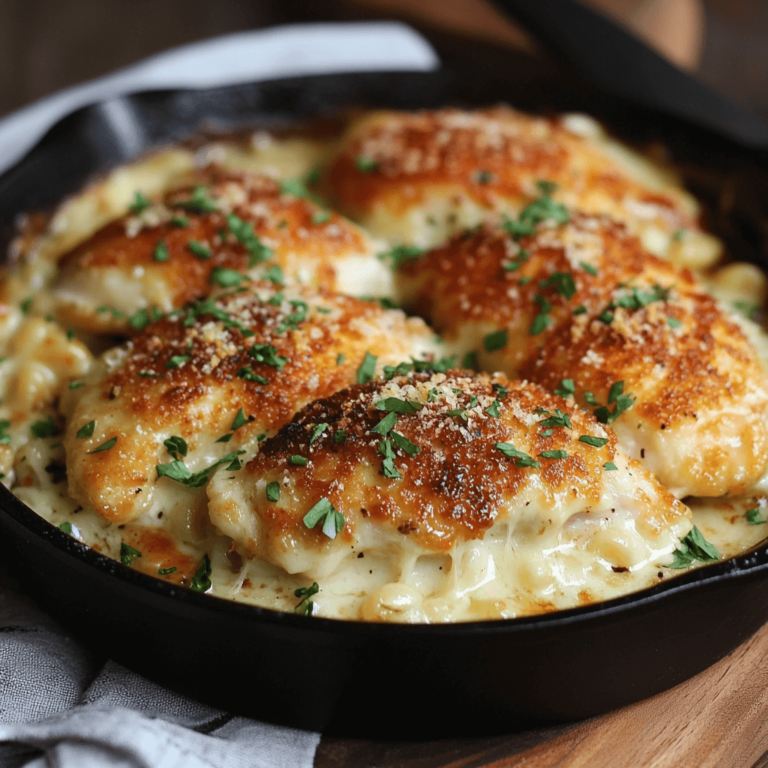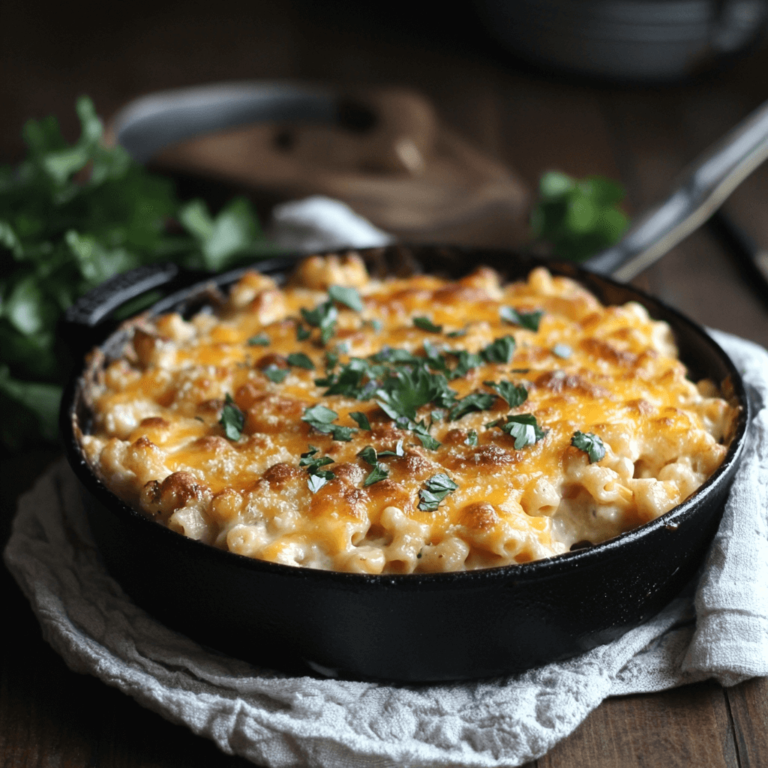Crispy Pan-Fried Barramundi Recipe
There’s a special moment in cooking when everything comes together. The sizzle of the pan and the perfect sear make a simple meal unforgettable. Cooking barramundi can feel like that.
This versatile seafood is a blank canvas for flavors. Yet, many home cooks are unsure where to start. This guide will help you begin.
Barramundi fish is more than just another seafood choice. It’s a way to make bold, restaurant-quality meals at home. Its buttery texture and mild taste are perfect for pan-frying.
But getting that crispy crust is key. This article will guide you through every step. From choosing the freshest fillets to pairing it with sides that show off its natural sweetness.
Table of Contents
What Is Barramundi? An Introduction to This Versatile Fish
Barramundi is a key fish in Australian cuisine. It comes from the rivers and coastal areas of Australia and Southeast Asia. This fish can live in both fresh and saltwater, making it easy to find and eat.
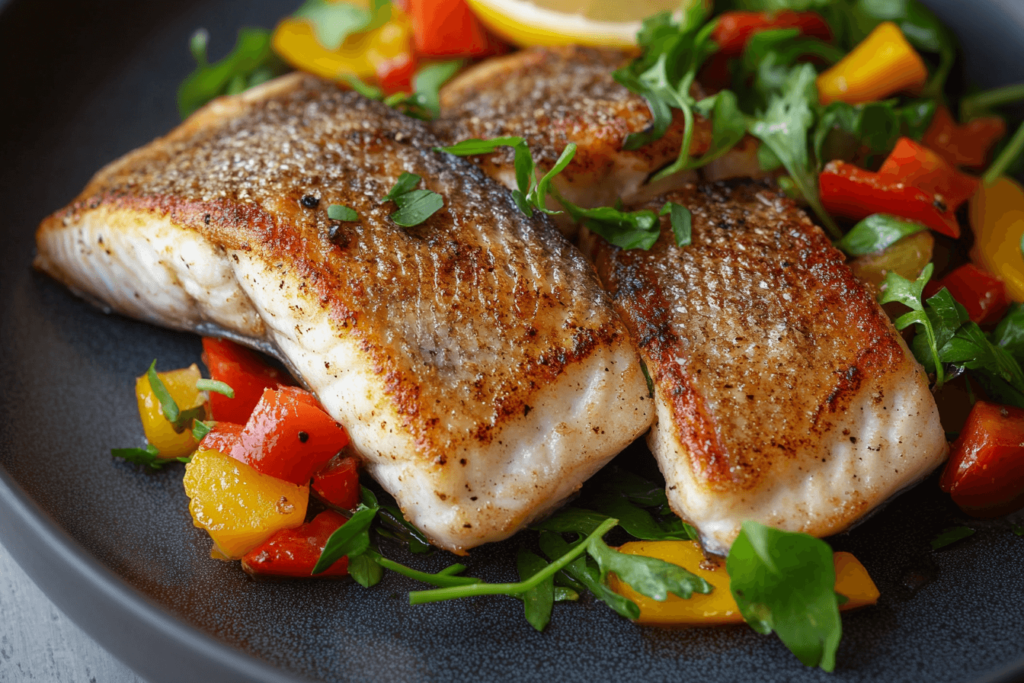
Origin and Natural Habitat of Barramundi
Barramundi lives in freshwater rivers and brackish estuaries. It moves between these places to spawn. This ability helps it survive in many different environments, from the Murray River to Southeast Asian deltas.
Its ability to live in both fresh and saltwater also helps in farming. This makes it a good choice for sustainable farming.
Why Barramundi Has Gained Popularity in American Kitchens
American chefs love barramundi for its mild taste and how well it works in many dishes. Here are a few reasons why:
- Sustainability: Farm-raised barramundi is better for the environment.
- Flavor: It has a neutral taste that goes well with many recipes.
- Versatility: It can be fried, grilled, or baked.
Distinguishing Characteristics of Quality Barramundi
When picking fresh fillets, look for these signs:
| Characteristic | Quality Sign |
|---|---|
| Eyes | Clear, not sunken |
| Flesh | Firm texture that springs back when pressed |
| Scales | Silvery skin with no discoloration |
| Aroma | Faint ocean scent; avoid strong “fishy” odors |
The Flavor Profile and Texture of Barramundi
The barramundi fish has a flavor that’s both mild and slightly nutty. It’s a great choice for many dishes because of its lean yet moist flesh. Unlike strong-tasting fish like salmon, barramundi’s taste is neutral. This lets you add a lot of flavor without it being too much.
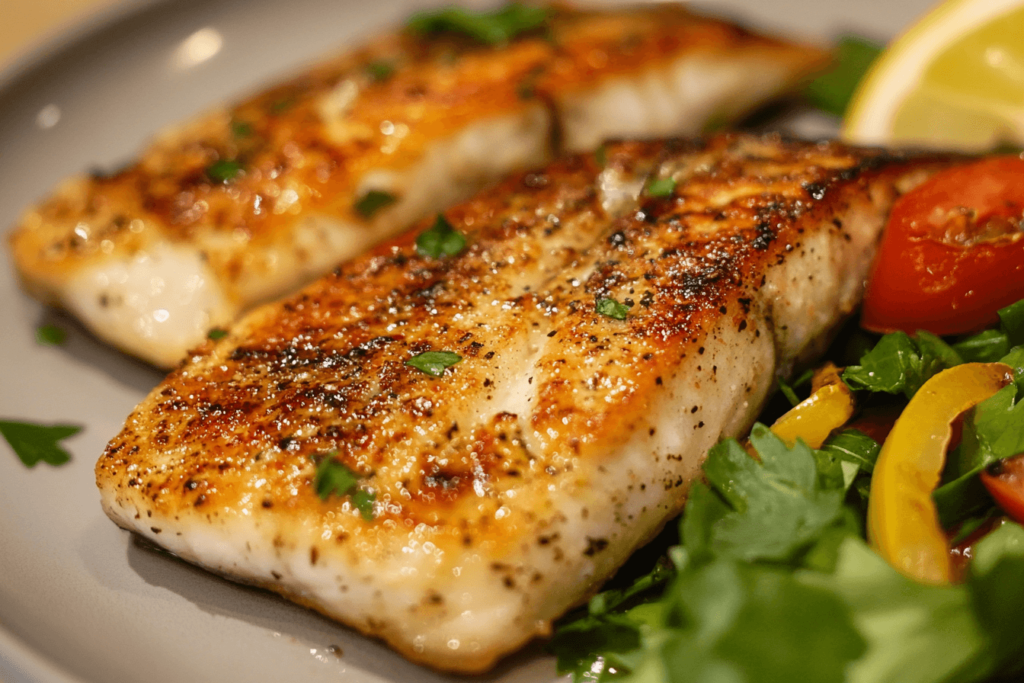
Barramundi’s texture is medium-firm and flaky when cooked. This makes it perfect for pan-frying because it stays together well. It has about 5% fat, which adds richness without making it feel heavy. This is unlike leaner seafood like cod or tilapia, which can dry out easily.
| Characteristic | Flavor Notes | Texture | Cooking Compatibility |
|---|---|---|---|
| Barramundi | Mild, buttery, slightly sweet | Flaky yet firm | Pan-frying, grilling, baking |
| Sea Bass | Briny, earthy | Dense and meaty | Steaming, roasting |
| Halibut | Neutral, sweet | Flaky, delicate | Poaching, sautéing |
“Barramundi’s adaptability is unmatched in the kitchen—it’s a blank canvas for flavor,” says Chef Maria Lopez of Ocean Bites Restaurant.
Chefs say to keep its taste simple with flavors like garlic, lemon, or soy sauce. Its texture works well for both quick and slow cooking. This makes it a favorite among both home cooks and chefs.
Nutritional Benefits of Including Barramundi in Your Diet
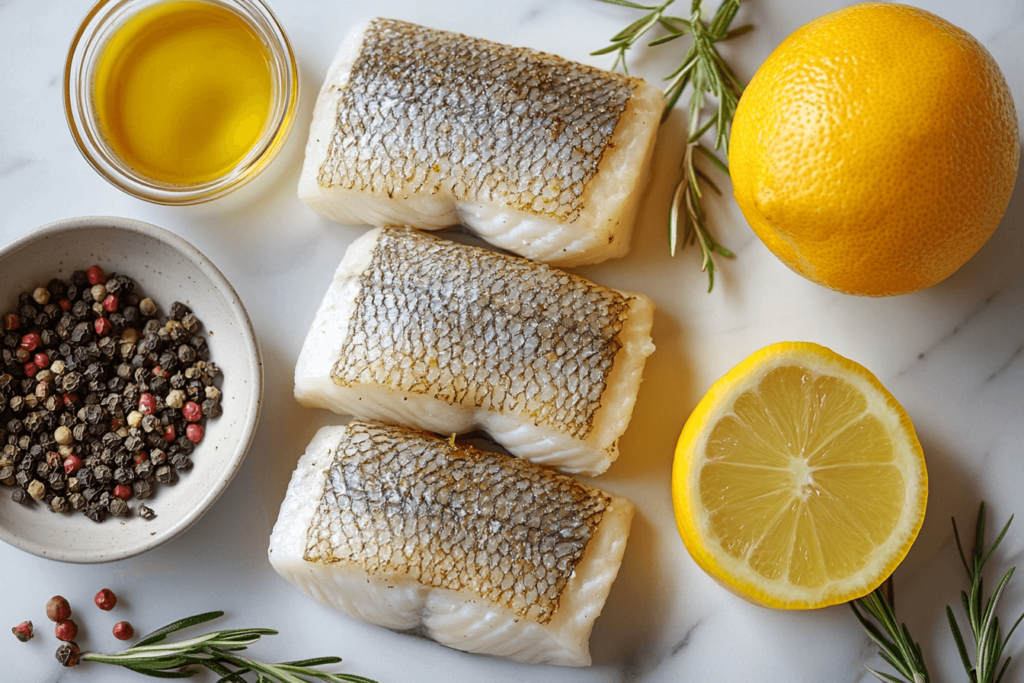
Barramundi is packed with essential nutrients. It’s a low-calorie fish that offers protein, healthy fats, and vitamins. This makes it a great choice for healthy meals.
It supports muscle growth, heart health, and boosts your immune system. Barramundi is more than just a tasty fish; it’s a nutritional powerhouse.
Protein Content and Amino Acid Profile
Each 3-ounce serving of barramundi has 21 grams of protein. This is as much as chicken breast but with fewer calories. It has all nine essential amino acids needed for tissue repair and metabolism.
Unlike plant-based proteins, barramundi is a complete protein. You don’t need to mix different foods to get all the amino acids.
Omega-3 Fatty Acids and Heart Health
Barramundi is rich in omega-3 fatty acids, which are good for your heart. It has 1,000+ mg of omega-3 per serving. This is more than cod and tilapia.
Its mercury levels are 50% lower than albacore tuna. This makes it safer to eat often.
Vitamins and Minerals in Barramundi
Barramundi is a good source of vitamin B12 and vitamin D. Vitamin B12 is important for nerve function, and vitamin D boosts your immunity. It also has potassium for heart health and selenium for antioxidants.
Here’s how barramundi compares to other fish:
| Nutrient | Barramundi | Salmon | Halibut |
|---|---|---|---|
| Protein (g) | 21 | 23 | 20 |
| Omega-3 (mg) | 1,040 | 1,800 | 400 |
| Vitamin D (IU) | 150 | 445 | 20 |
| Selenium (mcg) | 35 | 28 | 30 |
Barramundi’s nutrients are perfect for an active lifestyle. It supports muscle growth, heart health, and boosts your immune system. Every serving offers these benefits.
Essential Tools and Ingredients for Perfect Crispy Barramundi
To make crispy barramundi, you need the right tools and ingredients. These help cook the fish evenly and improve its texture. Follow these cooking tips to make your barramundi cooking better.
Pan Selection: Cast Iron vs. Non-Stick
Choosing the right pan is important. Cast iron pans keep heat well, making a golden crust. Non-stick pans are easy to clean but might not sear as well. Choose based on your kitchen.
- Cast Iron: Ideal for high-heat searing; preheat thoroughly
- Non-Stick: Great for even cooking but avoid high temps to prevent damage
Oil Types and Smoking Points
Choosing the right oil is key for texture and safety. Use oils with high smoking points to avoid burning. Here’s a quick guide:
| Oil | Smoke Point (°F) | Best Use |
|---|---|---|
| Avocado Oil | 520°F | Perfect for high-heat searing |
| Grapeseed Oil | 485°F | Light flavor and consistent results |
| Clarified Butter | 400°F | Rich flavor for finishing |
Seasoning Options for Maximum Flavor
Seasonings bring out barramundi’s mild taste. Start simple, then try new things:
- Classic: Sea salt + cracked black pepper
- Spicy: Paprika, garlic powder, cayenne
- Herbal: Dried thyme, rosemary, or lemon zest
“Seasoning isn’t just about salt—it’s about balancing the fish’s natural sweetness,” says Chef Maria Lopez of coastal seafood cuisine.
Preparing Your Barramundi Before Cooking
Getting your barramundi fish ready is key to its crispiness. First, check the fillets for any pin bones. Use tweezers to carefully pull out any bones you find. Then, dry the fish with paper towels to remove excess moisture.
Make sure the fillets are about ¾-inch thick. If they’re thinner, you can stack them to cook evenly.
- Check for scales or bones before seasoning.
- Dry fillets thoroughly with clean towels.
- Adjust thickness by layering thinner portions.
| Brine Type | Ingredients | Benefits |
|---|---|---|
| Salt Brine | 1 tbsp salt per cup water | Enhances tenderness |
| Herb Brine | Salt, thyme, lemon zest | Adds aromatic depth |
| Spiced Brine | Cinnamon, star anise, salt | Deepens umami notes |
Season the fish right before cooking to keep it moist. Lightly score the skin to stop it from curling. These cooking tips help with even cooking and crispiness. Brining for 20-30 minutes adds flavor without making it too salty.
The Step-by-Step Pan-Frying Technique for Crispy Barramundi
Learning to cook barramundi well needs careful steps. This recipe helps you get a crispy outside and a juicy inside. Start with a dry fish and a hot pan. Make sure not to overcrowd the pan for even cooking.
Achieving the Perfect Sear
- Heat a cast-iron skillet over medium-high until it’s very hot. Add a thin layer of oil like avocado or grapeseed.
- Pat the fish dry, then place it skin-side down in the pan. Don’t move it for 3-4 minutes to get a golden crust.
- Use tongs to press lightly on the fish during the first minute. This helps it cook evenly.
Temperature Control Tips
- Lower the heat to medium once the sear is golden. A little oil smoke means the heat is just right.
- Don’t cover the pan unless the fish is very thin. Too much steam can make the crust soft.
Tip: If the edges start to burn before the center is cooked, lower the heat by 10%.
How to Know When Your Fish Is Done
Look for these signs:
- Visual cues: The skin should lift easily from the pan, and the flesh should look opaque.
- Internal temperature: Use a thermometer to check if it’s 145°F (63°C).
- Flake test: The flesh should break apart neatly with a fork but stay firm, unlike salmon.
Common Mistakes to Avoid When Cooking Barramundi
Mastering barramundi cooking means knowing what to avoid. These mistakes can ruin a meal, making it soggy or dry. Follow this guide to avoid these errors and cook perfect fillets every time.
| Mistake | Solution |
|---|---|
| Wet fish skin | Dry thoroughly with paper towels before cooking. |
| Cold fish straight from the fridge | Let fillets rest at room temperature 15-20 minutes. |
| Overcrowded pan | Cook one fillet at a time for even searing. |
| Flipping too early | Wait until crust forms before turning. |
| Incorrect oil amount | Use enough oil to coat pan without excess. |
| Sticking to pan | Preheat oil until shimmering before adding fish. |
| Low heat | Keep heat medium-high for proper browning. |
| Overcooking | Use a timer: cook 4-5 minutes per side. |
These fixes turn mistakes into chances to learn. Once you get it right, try new recipe ideas like garlic butter or herb rubs. Adjust your timing and technique to impress your guests every time.
Complementary Sauces and Side Dishes
Make your barramundi recipe even better with these ideas. They bring out its mild, buttery taste. The right sauces and sides make every bite exciting and balanced.
Quick and Easy Sauce Recipes
Try these sauces to match the fish’s delicate taste:
- Lemon-Caper Butter Sauce: Melt butter with garlic, lemon juice, capers, and parsley. Simmer until it thickens.
- Herb Olive Oil Drizzle: Mix olive oil with dill, chives, lemon zest, and a bit of white wine vinegar.
- Ginger-Soy Glaze: Combine soy sauce, grated ginger, honey, and rice vinegar for a unique Asian flavor.
Vegetable Pairings That Elevate Your Meal
Choose veggies that add texture and flavor:
- Rosted: Asparagus, cherry tomatoes, and garlic with olive oil and rosemary.
- Steamed: Bok choy or green beans with a soy-mirin glaze.
- Grilled: Zucchini, bell peppers, and mushrooms with garlic-infused oil.
Beverage Pairing Suggestions
Choose drinks that go well with the barramundi’s richness:
- Wines: Unoaked Chardonnay, crisp Sauvignon Blanc, or light Pinot Noir.
- Non-alcoholic: Sparkling water with citrus, hibiscus iced tea, or a ginger-mint spritzer.
Sustainability and Ethical Sourcing of Barramundi
Choosing sustainable options helps our planet. Modern aquaculture and certifications guide us. Find out how to enjoy great taste while doing good.
Farm-Raised vs. Wild-Caught: Making Informed Choices
Let’s look at how to lessen harm to the environment:
- Farm-raised: Barramundi farming in closed systems reduces pollution. Look for places with low waste and organic feed.
- Wild-caught: Seek sustainable fishing labels to avoid overfishing. Check for MSC certification on wild catches.
Certification Labels to Look For
| Certification | What It Means | Look For |
|---|---|---|
| Aquaculture Stewardship Council (ASC) | High standards in sustainable barramundi farming. | Blue checkmark logo |
| Best Aquaculture Practices (BAP) | Responsible feed use and water management. | Four-star ratings |
| Marine Stewardship Council (MSC) | Ensures wild-caught fish come from sustainable stocks. | Blue fish icon |
Ask suppliers about their aquaculture methods. Certifications show they care about marine life and habitats.
Alternative Cooking Methods for Barramundi
Looking into barramundi cooking beyond the pan reveals a lot. This flaky white fish is great for grilling, baking, steaming, and more. Each method brings out its mild flavor and tender texture in special ways.
- Grilling: Marinate fillets in soy-ginger glaze before searing over medium-high heat. Cedar planks add smoky depth—soak them first for 30 minutes.
- Baking en papillote: Wrap fish in parchment with lemon, herbs, and veggies. Bake at 375°F (190°C) until flaky. Serve by tearing packets open tableside for a dramatic reveal.
- Steaming: Simmer barramundi in a bamboo steamer with scallions and Shaoxing wine. Perfect for low-fat that emphasize natural flavors.
- Broiling: For a crispy finish, place skin-side up 6 inches from the broiler. Watch closely to avoid burning the delicate flesh.
- Sous vide: Cook vacuum-sealed fillets at 130°F (54°C) for 1-2 hours, then sear in a hot pan. Ideal for consistent doneness.
“Barramundi’s versatility makes it a blank canvas for global cuisines,” says Chef Maria Lopez of Sustainable Seafood Magazine. “Try Thai green curry or Mediterranean herb crust for bold .”
Try gluten-free coatings like crushed almonds or spicy harissa rubs. Pair grilled versions with mango salsa, while baked styles shine with roasted vegetable medleys. Whether you like simple or bold flavors, barramundi’s mild taste lets every technique stand out.
Conclusion: Mastering the Art of Crispy Barramundi
Choosing the right barramundi fish and following the barramundi recipe steps is key. It ensures a dish that’s crispy yet tender. The secret is in the preparation—drying the fillets, picking the right oil, and keeping the pan’s temperature just right.
Barramundi is not just a meal; it’s also good for you. It’s packed with protein and omega-3s, making it great for health-conscious eaters. Plus, it’s farmed sustainably, protecting our oceans. You can also get creative with spices or sauces, adding flavor without making it hard.
This fish goes well with many sides, from herbs to bold sauces. Share your own recipes online or with friends. It’s a way to connect with others who love cooking with barramundi. Every bite is a celebration of good food and responsible choices.

